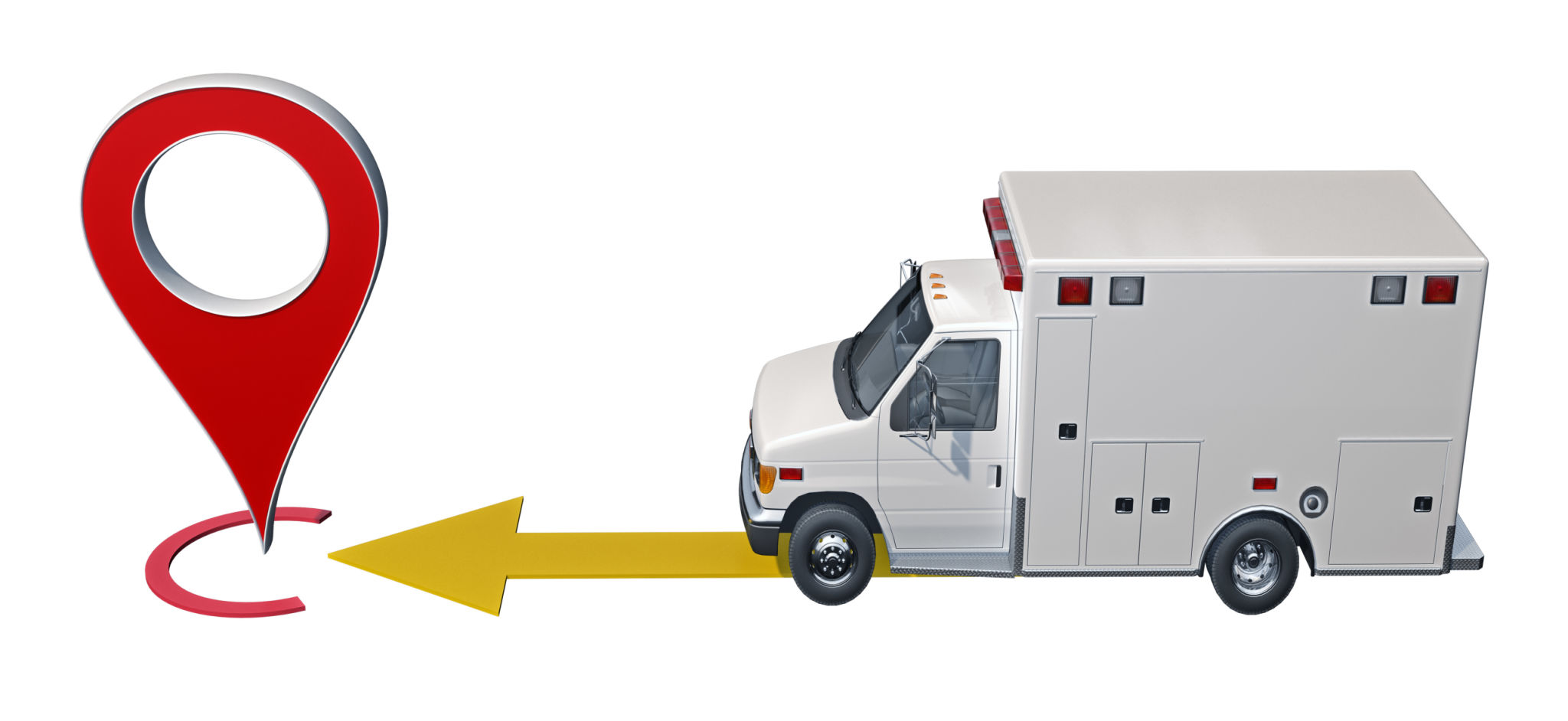Understanding the Difference: Non-Emergency Ambulance vs. Ride-Sharing Services
Understanding Non-Emergency Ambulance Services
Non-emergency ambulance services are specialized transport options designed for individuals who require medical attention during transit but do not have urgent or life-threatening conditions. These services are equipped with medical personnel and the necessary equipment to monitor and assist patients throughout the journey. They provide a safe and reliable means of transportation for patients who may be unable to use regular vehicles due to health concerns.
One significant advantage of non-emergency ambulance services is their ability to cater to specific medical needs. Whether transporting a patient to a dialysis session or transferring someone from a hospital to a rehabilitation center, these ambulances ensure continuity of care and personalized attention. The presence of trained medical staff can make a critical difference in the quality of transport.

How Ride-Sharing Services Work
Ride-sharing services have revolutionized urban transportation by providing convenient, on-demand rides through smartphone apps. These services connect passengers with drivers using personal vehicles, offering flexibility and ease of access at competitive prices. While they are widely popular for everyday commuting, it's important to note that their primary focus is not on catering to individuals with medical needs.
Ride-sharing platforms offer a range of vehicle options, from standard cars to larger vehicles for group travel. However, these services lack the medical equipment and trained personnel that non-emergency ambulances provide. Consequently, they may not be suitable for individuals requiring medical supervision or assistance during travel.

Key Differences Between Non-Emergency Ambulance and Ride-Sharing
When it comes to choosing between non-emergency ambulance services and ride-sharing, understanding the key differences is crucial. Here are some factors to consider:
- Medical Support: Non-emergency ambulances come with medical staff and equipment, while ride-sharing lacks these facilities.
- Purpose: Non-emergency ambulances focus on patient care during transport, whereas ride-sharing is primarily for general commuting.
- Cost: Ride-sharing is generally more economical than non-emergency ambulances due to the absence of medical amenities.
For individuals with medical needs, the choice between these options should prioritize health and safety over cost considerations. Opting for a non-emergency ambulance ensures that any necessary medical interventions can be promptly undertaken.

When to Choose Non-Emergency Ambulance Services
Deciding when to utilize a non-emergency ambulance can depend on several factors. Patients who need continuous oxygen supply, cardiac monitoring, or have mobility issues that prevent them from using standard vehicles are ideal candidates for these services. Additionally, those going for regular treatments such as chemotherapy or dialysis may benefit from the consistent care provided during transport.
Non-emergency ambulances also serve as an excellent option for patients being discharged from hospitals but still requiring medical supervision. The peace of mind offered by having trained medical personnel on board cannot be understated, especially for those with complex health conditions.
Considerations When Using Ride-Sharing Services
While ride-sharing services are not designed for medical transport, they can be a convenient option for individuals who are mobile and do not require specialized care during transit. These services are well-suited for short trips where the need for immediate medical attention is low.
However, passengers should always consider the availability of assistance in the event of an emergency. Unlike non-emergency ambulances, ride-sharing drivers are not trained to handle medical situations, so assessing personal health status before opting for this mode of travel is key.

The Importance of Making an Informed Choice
Choosing the right transportation method is essential, especially when health and safety are at stake. For those with specific medical requirements, non-emergency ambulance services offer peace of mind and comprehensive care. Ride-sharing, on the other hand, provides a practical solution for those without immediate health concerns.
In conclusion, understanding the differences between non-emergency ambulance services and ride-sharing can help individuals make informed decisions based on their unique needs. Prioritizing safety and health over convenience is crucial when selecting the appropriate mode of transport.
